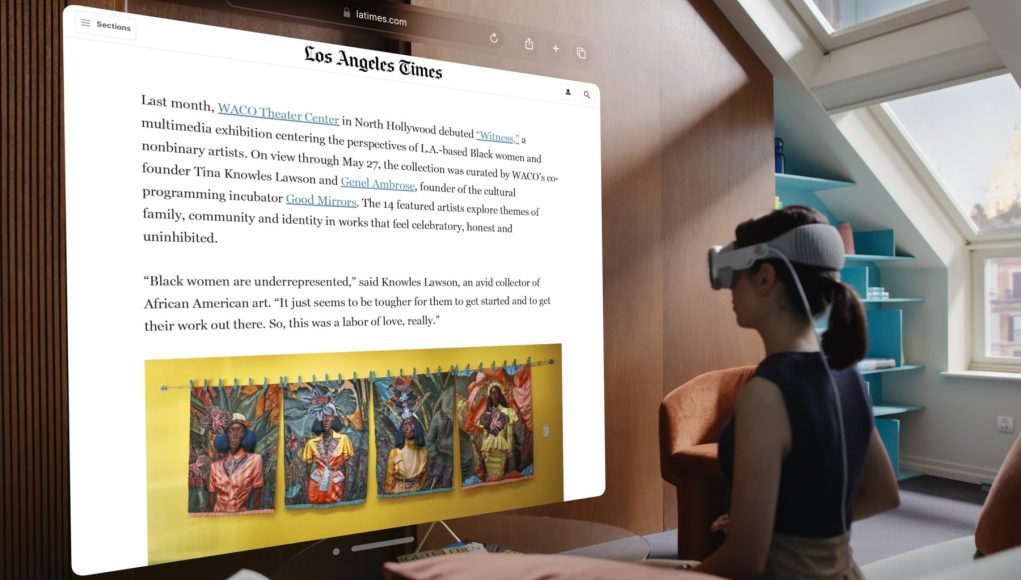Need a floating calculator on your living room wall? There’s an app for that. Well, actually there are now several apps for that on Vision Pro, as the company confirmed its first mixed reality headset is now packing over a thousand visionOS-native apps.
Apple’s SVP of Marketing Greg Joswiak posted on X (formerly Twitter) recently that the App Store now has 1,000+ apps designed for Vision Pro, a fair sight more than the 600 apps reported by the company right before the headset’s February 2nd launch.
A huge thank you to our developers! Their hard work has already resulted in over 1,000 incredible spatial apps designed specifically for Vision Pro, along with over 1.5 million compatible apps. We're thrilled to see how they'll continue to push the boundaries for what’s possible.
— Greg Joswiak (@gregjoz) February 13, 2024
Of course, over a million iOS apps are also compatible with Vision Pro, which was a direct result of developers being offered to opt out rather than opt in to having their apps support the company’s spatial computer by default. Notably, there are some apps that have opted out entirely, including Facebook (via Meta), Spotify, Google (via YouTube), and Netflix. Granted, those services are accessible via Safari, although it’s hard to imagine it’s not a clear snub at Apple.
Those 1,000+ native apps aren’t just a bunch of spatial computer-ified calculators and weather widgets though, as useful as they are. Some third-party developers are looking to capitalize on the lack of mobile computing essentials like Spotify and YouTube by offering paid apps that do more of less what you’d expect, with examples such as Vision Tunes App for Spotify and Juno for YouTube now floating around on the App Store and getting around the lack of their free, official counterparts.
Oh, and in case you were wondering, taking the award for most expensive Vision Pro app on the App Store right now is Lively Elements, which lets you interact with the periodic table of elements for just an easy one-time payment of $98.
This information was cross referenced with a list provided by Appfigures, the mobile analytics and intelligence platform.







